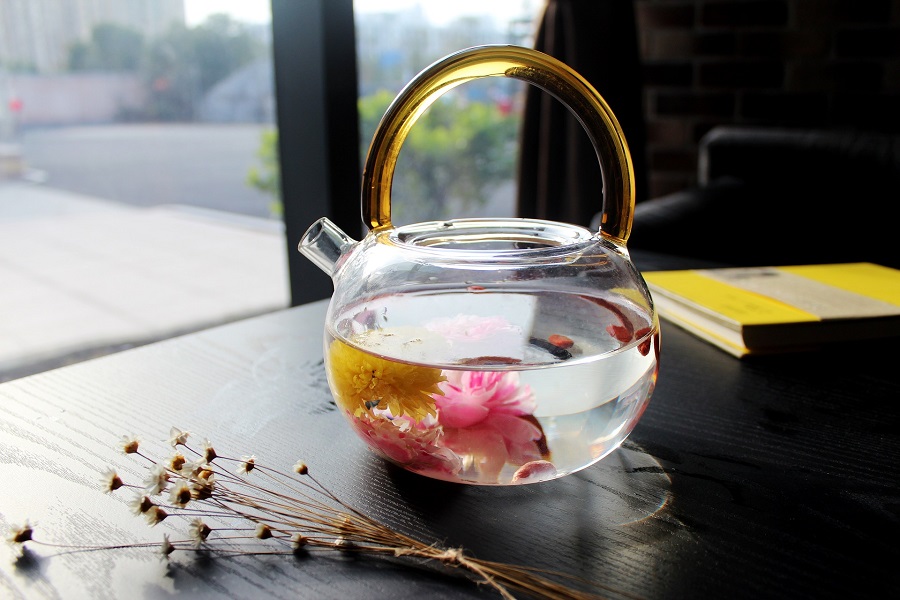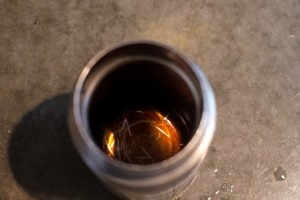Is corked bottles the best wines for Christmas
 When searching for wines, you may follow the instinct ruled by custom and manner, to reach for the bottles that capped a corkscrew rather than those with a screwcap. Or if you’re a regular wine drinker, you must have your own choice at the first glimpse of the wine.
When searching for wines, you may follow the instinct ruled by custom and manner, to reach for the bottles that capped a corkscrew rather than those with a screwcap. Or if you’re a regular wine drinker, you must have your own choice at the first glimpse of the wine.
It’s pretty normal, that’s so human. We choose by what we believe and what we used to choose. There are mainly two ways that wine to be sealed with. By cork, or by screwcaps. Which one do you prefer? And most people have the preconceived idea that the screwcap wine is cheap while the wine with cork seems to be more high-end. Nowadays, as changes are growing. Just like we changed from conventional horse and carriage, when the world gave us the car. The wine seals will change from corks when technologies offer us with the “stelvins”.

Actually, back to 1959, the “Stelcap-vin” was invented by a company named by “Le Bouchage Mécanique”. And the company became a branch of Amcor in Australia. However, no matter in New Zealand or Australia, wine consumers take a very long time to accept the new way of closure, and the screwcap closure occupies merely 1% of the industry. Now, almost 95% of New Zealand wineries and 70% of Australian wineries are now using twist off caps.

But, what triggered the change? It’s cork taint, as all the figures show, which is caused by a chemical compound known as TCA. Not harmful, but it can make your wine taste bad. How many cork-sealed wine bottles are affected by cork taint? A 2007 study put it as high as one in 10. Though the figure may be a little extravagant, it do explains the change. The wine will smell and taste unpleasant, if a cork is tainted. And those small wineries will meet severe financial situation, if they met a batch of bad cork in their cellar.

Looks like these changes are triggered by the cons of a cork. But it still has its own pros that why there still a huge market. Mark Pardoe, a master of wine at UK merchant Berry Bros & Rudd, says that “Its elasticity and ability to allow a very gentle oxidation when a wine is correctly stored makes it a still-unsurpassed closure for long-term wines.” And it’s a natural renewable resource, and historically preferred, and proved through a long term aging. And you’ll miss the “pop” when the bottle unstopped – the ritual thing that has prevailed many years. But now the cork industries are fighting back with “NDTech” to tackle TCA, and have made progress, which can now give an individual guarantee, cork by cork.
The screw caps are still on the way to be accepted by most people, as the screwcaps considered the closure for cheap vinoNo. As James Harbertson answered in Business Insider “they are not inferior to corked wines, and in some ways might actually keep your wine from spoiling.” It’s easier to open, more affordable option without risks of TCA taint. And new studies have shown positive results that the bottles capped with twists can keep the freshness for long time.
When you choose cork bottles, you may have to meet the tainted cork situation occasionally, but you can still have the “pop” enjoyment and the risk pleasure you took for it. While screwcaps may give you a guarantee of the quality, but you may miss the ritual thing. How do you choose your best wines for Christmas? Which closure do you prefer, and how do you value the changes that are happening? Please write your comment and share with us.
















Shirley, thanks! And thanks for sharing your great posts every week!